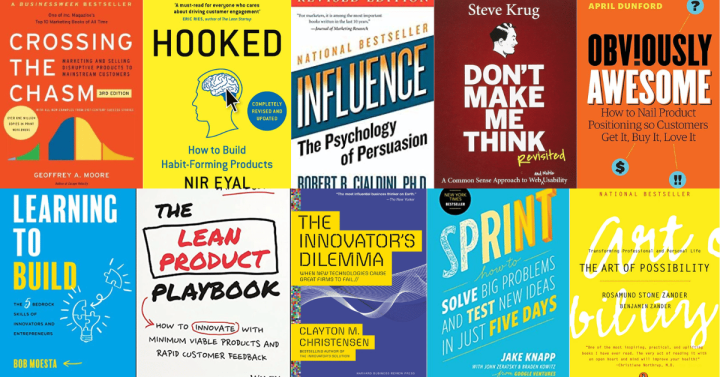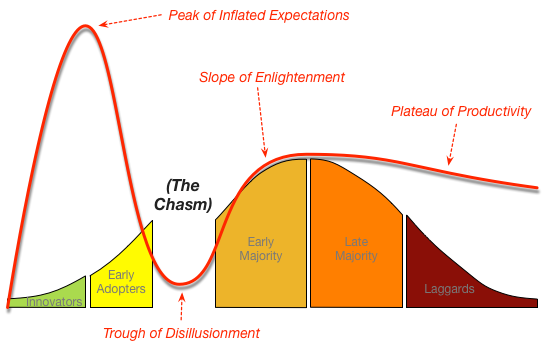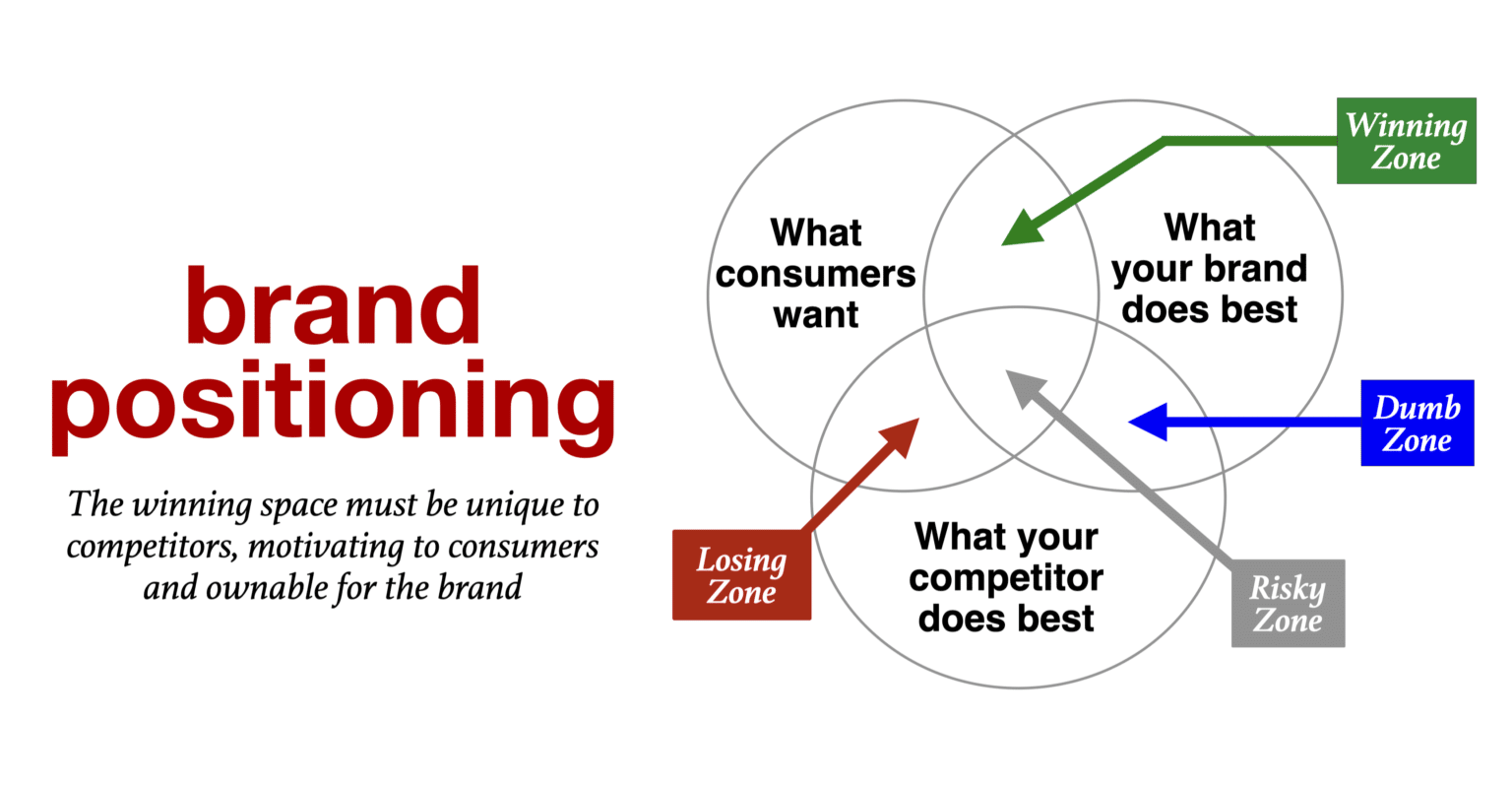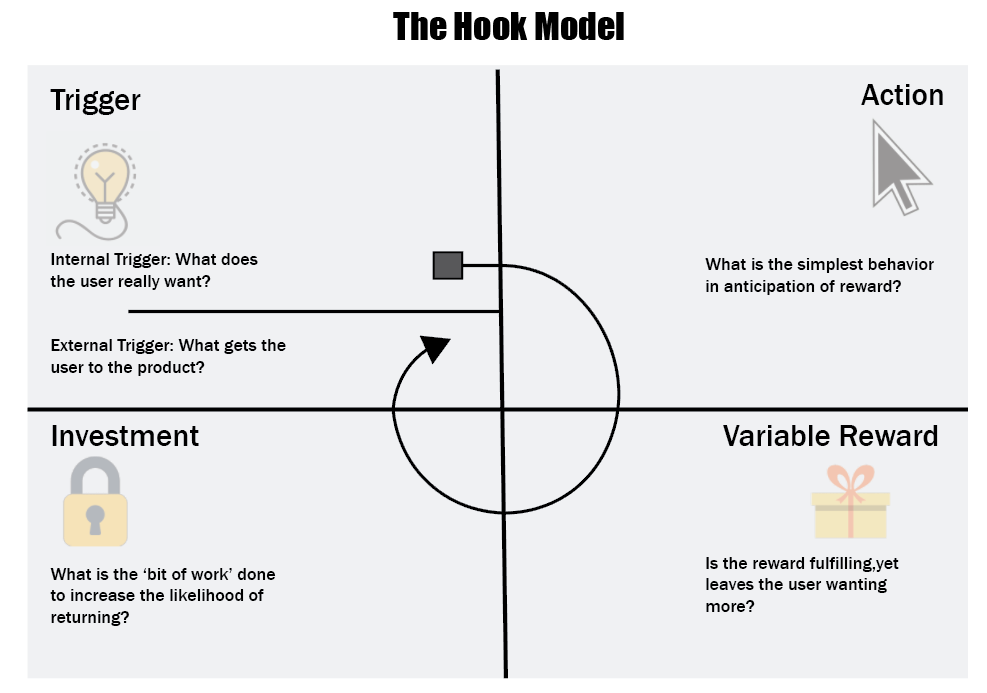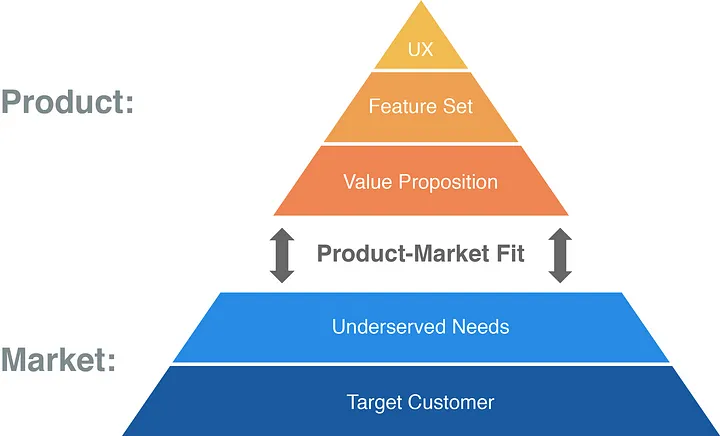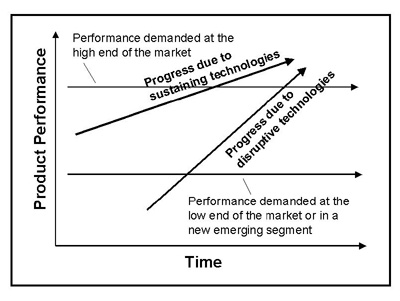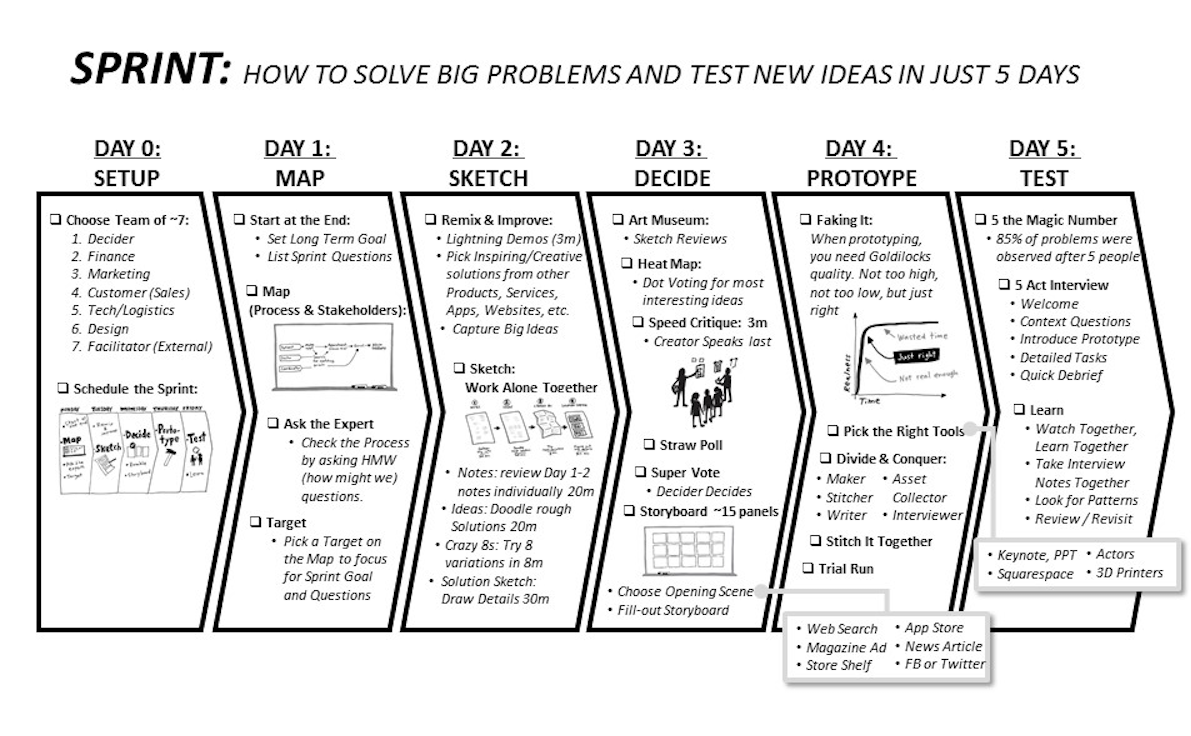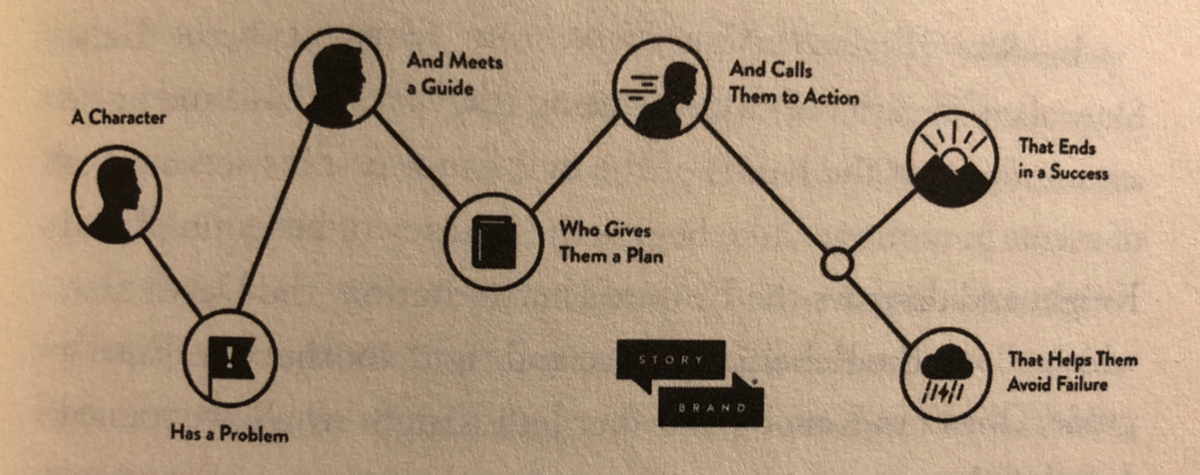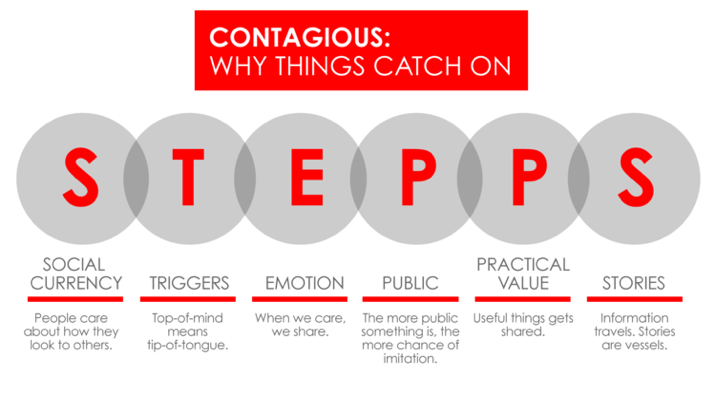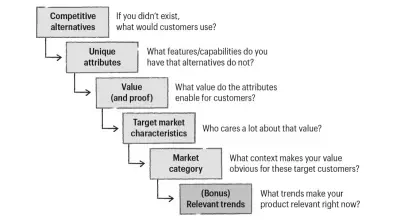Picture this: At some point in my career, I got so deeply invested in the exciting field of product marketing.
So, I immersed myself in the world of product marketing, attending webinars, taking courses, and devouring books like it was nobody’s business.
Today, I’m lucky enough to be in a role that still allows me to dip my toes into the exciting world of product marketing. And let me tell you, the books I read, the webinars I attended, and the courses I took were well worth the investment.
So, if you’re searching for top-notch product marketing inspiration and fresh ideas to stay ahead of the game, you’re in luck. I’ve compiled a list of the 13 best product marketing books I’ve read.
From the classics to the modern-day must-reads, these books cover everything from product development to branding, customer behavior, and sales.
So grab a cup of coffee, get comfortable, and let’s dive into our list of the 12 best product marketing books of 2023.
-
Crossing the Chasm by Geoffrey Moore
“Crossing the Chasm” by Geoffrey Moore is a classic must-read for product marketing or product managers. The book explores the challenges of bringing new, innovative products to the mainstream market, specifically the chasm between early adopters and the early majority.
Moore presents a framework for product marketers to successfully cross this chasm by identifying and targeting specific customer segments and adapting their messaging and strategies to address the needs and concerns of these different groups. This book provides invaluable insights and strategies that can help product marketing managers navigate the complex and ever-changing world of product marketing.
One of the main reasons why product marketing managers should read this book is that it helps them understand the importance of focusing on the right customer segments and creating messaging that resonates with their specific needs and values. By understanding the different stages of the technology adoption lifecycle and the unique characteristics of each customer segment, product marketing managers can create more effective marketing strategies that are more likely to result in successful product launches and increased adoption rates.
Another reason to peruse “Crossing the Chasm” is that it provides a framework for product marketers to think strategically about how they can nail product positioning in the market and create a competitive advantage. Moore emphasizes the importance of differentiating your product from your competitors and creating a strong value proposition that meets the needs of your target customers. By taking a strategic approach to product marketing, product marketing managers can better understand their customers and create products that truly meet their needs.
My favorite quote from the book: “Marketing is too important to be left to the marketing department.”
This quote emphasizes the importance of cross-functional collaboration and the idea that every company member has a role to play in the success of a product. Product marketing managers should work closely with other teams, including product development, sales, and customer service, to ensure that they deliver a cohesive and effective product experience to their customers.
-
Positioning: The Battle for Your Mind by Al Ries and Jack Trout
Positioning: The Battle for Your Mind by Al Ries and Jack Trout is a classic and timeless book on product marketing. It emphasizes the importance of positioning a product in the consumer’s mind and how that positioning can create a competitive advantage in the marketplace.
Product marketing managers should read this book to learn how to create a strong and unique position for their product that will resonate with their target audience and differentiate their product from their competitors.
The authors outline the key components of a positioning statement and provide examples of how to apply these components to different types of products and markets. By following this framework, product marketing managers can create a clear and compelling positioning statement that will resonate with their target audience and help them stand out in a crowded market.
Another reason to read this book is that it provides valuable insights into consumer behavior and how consumers perceive and make decisions about products. The authors explain how positioning can shape the way consumers perceive a product, and how a product’s position in the mind of the consumer can influence their decision to purchase it. By understanding these insights, product marketing managers can create products customers love and more effective marketing campaigns.
My favorite quote from the book: “Positioning is not what you do to a product. Positioning is what you do to the mind of the prospect.”
This quote highlights the importance of understanding the consumer’s perspective and the role that positioning plays in shaping their perception of a product. Product marketing managers should focus on creating a positioning strategy that speaks directly to the needs and desires of their target audience, rather than simply trying to promote the features and benefits of the product.
-
Hooked: How to Build Habit-Forming Products by Nir Eyal
“Hooked: How to Build Habit-Forming Products” by Nir Eyal is a highly informative and insightful book that outlines a practical model for building products that are designed to form habits. Product marketing managers should read this book to understand the psychology behind habit formation and how to use that knowledge to create more engaging and successful products.
The book provides a four-step model for building habit-forming products, which includes trigger, action, reward, and investment.
The four-step process is easy to understand and apply, and provides a practical guide for product marketing managers to follow. You can create more effective products that are more likely to be used frequently and become an integral part of their customers’ daily lives.
Another reason to read this book is that it provides valuable insights into consumer behavior and the psychological principles that drive habit formation. The book also includes numerous case studies and real-world examples of habit-forming products, which provide valuable inspiration and ideas for product marketing managers.
My favorite quote from the book: “Habits are a big part of our lives. They dictate a lot of what we do on a daily basis, so why not create products and services that align with what we already do?”
This quote highlights the importance of understanding habits’ role in our lives and how creating products that align with our existing habits can be a key driver of success. Product marketing managers should focus on creating products that are designed to fit seamlessly into their customers’ daily routines rather than trying to change their behavior or habits.
-
The Lean Product Playbook by Dan Olsen
“The Lean Product Playbook: How to Innovate with Minimum Viable Products and Rapid Customer Feedback” by Dan Olsen is a practical and actionable guide for a product marketer looking to build successful products. The book provides a step-by-step approach to building products using the lean methodology, emphasizing the importance of rapid experimentation and customer feedback.
One reason to read this book is that it provides a product-market-fit pyramid that explains how startups achieve product-market fit – which means creating a product that satisfies the needs of a particular market.
The book provides a detailed guide for each process step, including identifying customer needs, creating a minimum viable product, testing and validating the product, and refining and scaling the product.
One quote from the book that I particularly like is: “The key is to build a product that is valuable, usable, and feasible, and then to test it with real customers to see if it is viable.”
This quote highlights the importance of testing and validating a product with real customers rather than relying solely on intuition or assumptions.
-
The Innovator’s Dilemma by Clayton Christensen
“The Innovator’s Dilemma” by Clayton Christensen is a groundbreaking book that explores the challenges that companies face when trying to innovate in the face of disruptive technologies. This is a book to read if you want to understand the forces that drive innovation and learn how to create products that are more likely to succeed in a rapidly changing marketplace.
The book introduces the concept of disruptive innovation, which refers to the process by which new technologies disrupt existing markets and create new ones. It also provides a powerful framework for understanding companies’ challenges when trying to innovate and provides guidance on overcoming these challenges.
You can also learn the importance of understanding the forces that drive innovation, and provides a detailed analysis of the challenges companies face when trying to disrupt their own industries.
By understanding these challenges, product marketing managers can develop a more effective product marketing strategy for building successful products that are better aligned with the needs and desires of their customers.
One quote from the book that I particularly like is: “Disruptive technologies typically enable new markets to emerge.”
This quote highlights the importance of understanding new technologies’ role in driving innovation and creating new markets. Product marketing managers should focus on creating products aligned with their target audience’s needs and desires, and should be aware of the disruptive technologies that will likely emerge in the future. By doing so, they can create products that are more likely to succeed in a rapidly changing marketplace.
-
The Art of Possibility by Rosamund Stone Zander and Benjamin Zander
“The Art of Possibility” by Rosamund Stone Zander and Benjamin Zander is a powerful book that explores the power of possibility thinking and how it can transform how we approach our lives and work. I added this book to the list because I believe it can help product marketing managers to learn how to approach their work with a more open and creative mindset and discover new ways to bring innovation and creativity to their work.
One reason to read this book is that it provides practical tools and techniques for fostering possibility thinking. The book provides numerous exercises and activities that can help product marketing managers develop a more open and creative mindset and provides guidance on approaching problems and challenges in a more creative and innovative way.
One quote from the book that I particularly like is: “Giving an A is not about evaluation; it’s about creating possibility.”
This quote highlights the importance of approaching our work with a mindset of possibility rather than one of evaluation or judgment. By adopting a more open and creative mindset, product marketing managers can create a more innovative and dynamic work environment that is better aligned with the needs and desires of their customers.
-
Don’t Make Me Think by Steve Krug
“Don’t Make Me Think” by Steve Krug is a classic book on web usability that product marketing managers should read to learn how to create user-friendly websites and apps that are easy to navigate and understand. The book provides practical tips and advice on how to design intuitive user interfaces that are better aligned with the needs and desires of users.
After reading this book, you’d know the difference between good and bad design practices. In other words, you get to learn about the psychology of user behavior. The book highlights the importance of understanding the needs and desires of users, and provides guidance on how to design interfaces that are better aligned with these needs.
One quote from the book that I particularly like is: “Usability is not a quality that can be spread around like peanut butter. It’s a feature that has to be designed and built into a product.”
This quote highlights the importance of designing usability into a product from the very beginning of the development process, rather than trying to fix usability problems after the fact. Product marketing managers should focus on creating products that are designed with usability in mind and should be aware of the impact that usability has on the success of their products in the marketplace.
-
Sprint by Jake Knapp, John Zeratsky, and Braden Kowitz
Sprint: How to Solve Big Problems and Test New Ideas in Just Five Days by Jake Knapp, John Zeratsky, and Braden Kowitz is a valuable book for product marketing managers who are looking to streamline the product development process. The book provides a practical framework for solving big problems and testing new ideas in just five days, which can help product marketing managers to speed up the development process and get their products to market faster.
As you can see from the above image, the book provides practical advice on conducting each day of the sprint, including generating ideas, creating a prototype, and testing the prototype with users. By following the sprint process outlined in the book, product marketing managers can accelerate the product development process and get their products to market faster.
Another reason to read this book is that it provides valuable insights into the importance of user feedback in the product development process. The book emphasizes the need to test ideas with real users as early as possible in the development process, and provides guidance on how to conduct effective user testing. By incorporating user feedback into the product development process, product marketing managers can create products that are better aligned with the needs and desires of their target audience.
One quote from the book that I particularly like is: “A sprint is a five-day process for answering critical business questions through design, prototyping, and testing ideas with customers.”
This quote highlights the book’s focus on solving critical business questions through a streamlined process emphasizing design, prototyping, and user testing. Product marketing managers who are looking to accelerate their product development process and get their products to market faster can benefit from reading this book and adopting the sprint process outlined in the book.
-
Building a StoryBrand by Donald Miller
Building a Story Brand: Clarify Your Message So Customers Will Listen” by Donald Miller is a valuable resource for product marketing managers who want to create compelling and effective marketing messages. The book provides a clear framework for creating a “story brand” that resonates with customers and motivates them to take action.
One reason to read this book is that it provides a step-by-step guide for creating a story brand, which can help product marketing managers to clarify their messaging and make it more effective.
The book provides practical advice on how to identify your brand’s core message, create a clear and compelling value proposition, and communicate your brand message in a way that resonates with your target audience.
Another reason to read this book is that it emphasizes the importance of focusing on the customer’s needs and desires in your marketing messaging. The book highlights the need to position your brand as the solution to your customer’s problems and provides guidance on how to communicate this message effectively. By focusing on the customer’s needs and desires, product marketing managers can create marketing messages that are more engaging and effective.
I particularly like one quote from the book: “The goal of every story is the same: to make the customer the hero.”
This quote highlights the book’s focus on creating a story brand that positions the customer as the hero. By positioning the customer as the hero, a product marketing manager or a product manager can create marketing messages that are more engaging and effective and that motivate customers to take action.
-
Contagious: Why Things Catch On by Jonah Berger
“Contagious: Why Things Catch On” by Jonah Berger is an excellent resource for product marketing managers who want to understand the factors that drive viral content and word-of-mouth marketing. The book provides a framework for creating content that is more likely to be shared and highlights the key drivers of viral content that can be applied to any marketing campaign.
One reason to read this book is that it explains how emotions, social currency, and practical value can all contribute to the likelihood that a piece of content will be shared.
Another reason to read this book is that it outlines the six key principles of contagious content:
By following this framework, product marketing managers can create content that is more likely to be shared, and drives word-of-mouth marketing.
One quote from the book that I particularly like is: “People don’t just share information, they tell stories.”
This quote highlights the importance of storytelling in creating contagious content. By telling engaging and shareable stories, product marketing managers can create content that is more likely to go viral and drive word-of-mouth marketing.
-
Influence: The Psychology of Persuasion by Robert Cialdini
As a product marketing managers you can benefit from reading “Influence: The Psychology of Persuasion” by Robert Cialdini, as it explores the underlying psychological principles that influence people’s behavior and decision-making. One reason to read this book is that it provides insights into the six key principles of influence: reciprocity, commitment and consistency, social proof, liking, authority, and scarcity.
These principles are rooted in human psychology and can be leveraged in marketing to persuade people to take a specific action, such as making a purchase or sharing a piece of content.
Another reason to read this book is that it provides practical advice on applying these principles in marketing campaigns. The book includes real-world examples and case studies that demonstrate how successful companies use the principles of influence to drive sales and engagement. By following the strategies outlined in the book, product marketing managers can create more effective campaigns that drive results.
I particularly like one quote from the book: “The best persuaders become the best through pre-suasion – the process of arranging for recipients to be receptive to a message before they encounter it.”
This quote highlights the importance of setting the stage for persuasion and creating an environment where people are receptive to a marketing message. By understanding pre-suasion principles, product marketers can increase the effectiveness of their campaigns and drive better results.
-
Learning to Build by Bob Moesta
“Learning to Build: The 5 Bedrock Skills of Innovators and Entrepreneurs” by Bob Moesta is a must-read for product marketing managers looking to enhance their innovation and entrepreneurial skills. The book is a practical guide to the five essential skills of successful innovators and entrepreneurs based on Bob Moesta’s decades of experience in product design and innovation. It offers practical insights into understanding customers better, creating successful products, and building successful businesses.
One of the book’s strengths is the emphasis on learning by doing, with a focus on practical exercises and hands-on experiences. This approach allows readers to develop the essential skills of innovation and entrepreneurship in a more practical and effective way.
One of the quotes I particularly like from the book is: “You must learn how to see the invisible, hear the unspoken, and feel unarticulated.”
This quote emphasizes the importance of understanding customers’ needs and desires, which is a crucial skill for product marketing managers. By developing the ability to see what others cannot, product marketing managers can create products and solutions that truly meet customers’ needs, which is essential for success in today’s competitive business environment.
-
Obviously Awesome by April Dunford
“Obviously Awesome” by April Dunford is a must-read book for product marketing managers. It’s a practical guide to positioning, a topic that is often discussed but rarely well understood.
Dunford provides a clear framework for developing a compelling value proposition that will resonate with customers and help you stand out from the competition. She uses real-world examples and case studies to illustrate her points, making it easy to apply her advice to your own products.
One of the things I appreciate most about this book is that it breaks down the positioning components:
Dunford’s breakdown of positioning provides a clear roadmap for developing a winning positioning strategy. She also provides guidance on testing and refining your positioning over time, which is essential for ensuring that it continues to resonate with your target audience.
Here’s a quote from the book that I found particularly insightful: “Your positioning is the story you tell to explain to people why they should care about what you do. It’s the answer to the question, ‘What do you do and why should I care?’ Your positioning needs to tell a story that resonates with your target customer, and it needs to be something that is unique to your business.”
This quote underscores the importance of positioning as a way to differentiate your product in a crowded market and connect with your customers on a deeper level.

